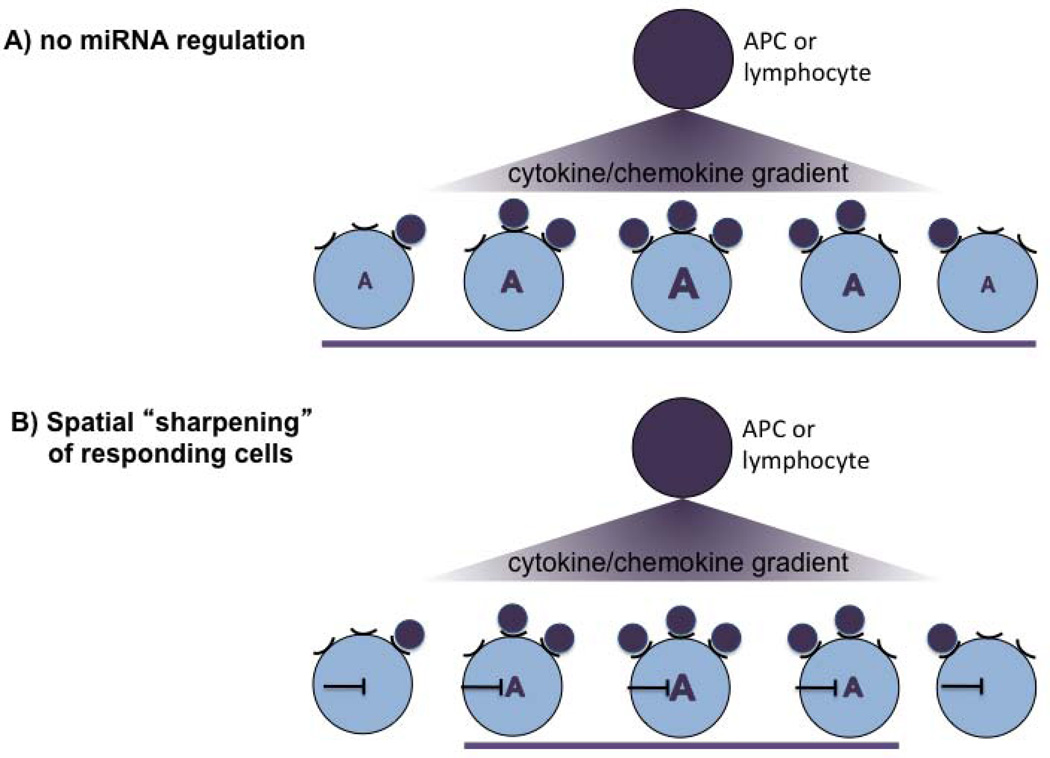Fig. 5. Spatial sharpening of cells responding to a cytokine/chemokine gradient.
A model how a miRNA-mediated threshold can spatially sharpen responsivness to a chemical gradient. (A) In the absence of a miRNA, all cells that receive a cytokine/chemokine signal respond with gene expression ‘A’. The strength of the response is dose-dependent and correlates with the cytokine/chemokine concentration in the gradient. (B) Presence of a miRNA reduces responsiveness of cells receiving very low signals. This leads to spatial sharpening of the responding cells (purple bar). Thus, although the cell will be exposed to the cytokine and expresses its receptor, it will not react to it. This potentially allows to ‘sharpen’ the functional consequences of a cytokine/chemokine gradient in a given microenvironment without altering the cytokine/chemokine gradient itself.

